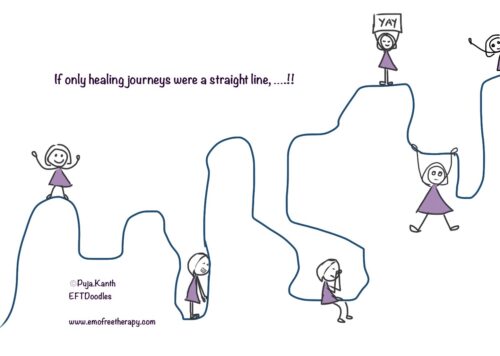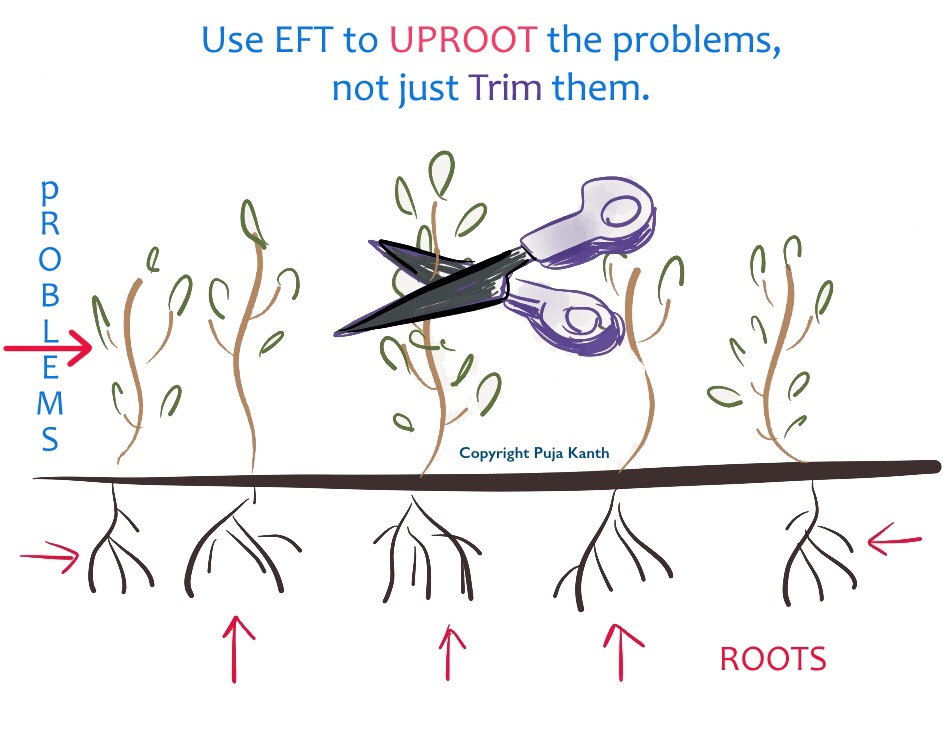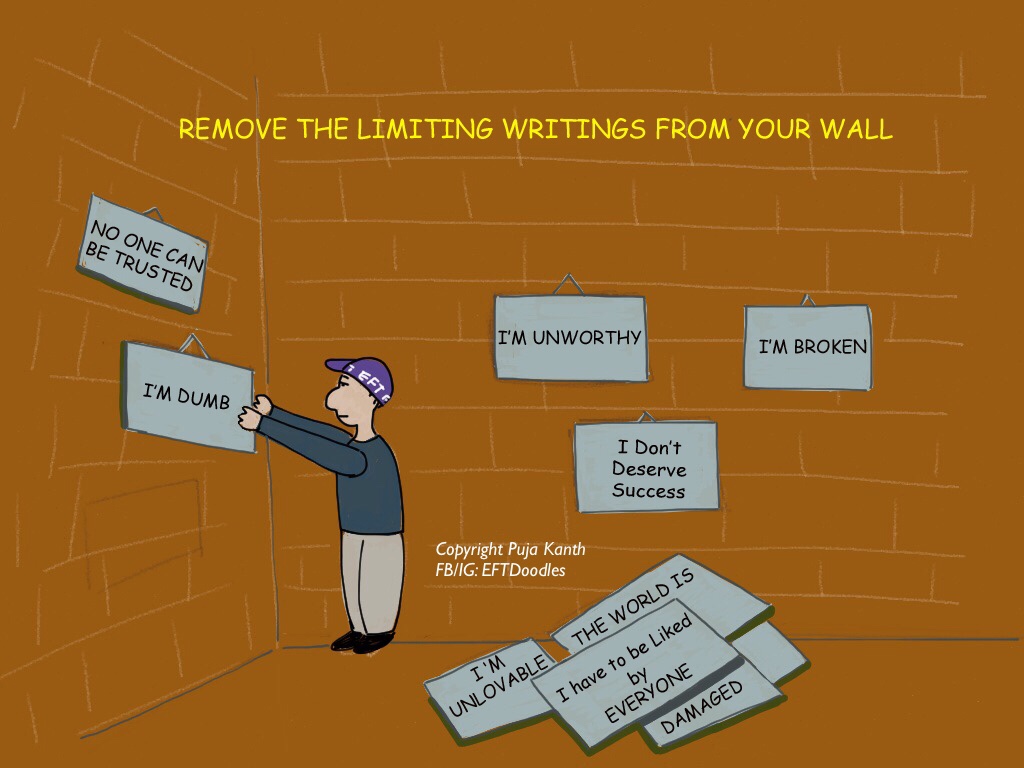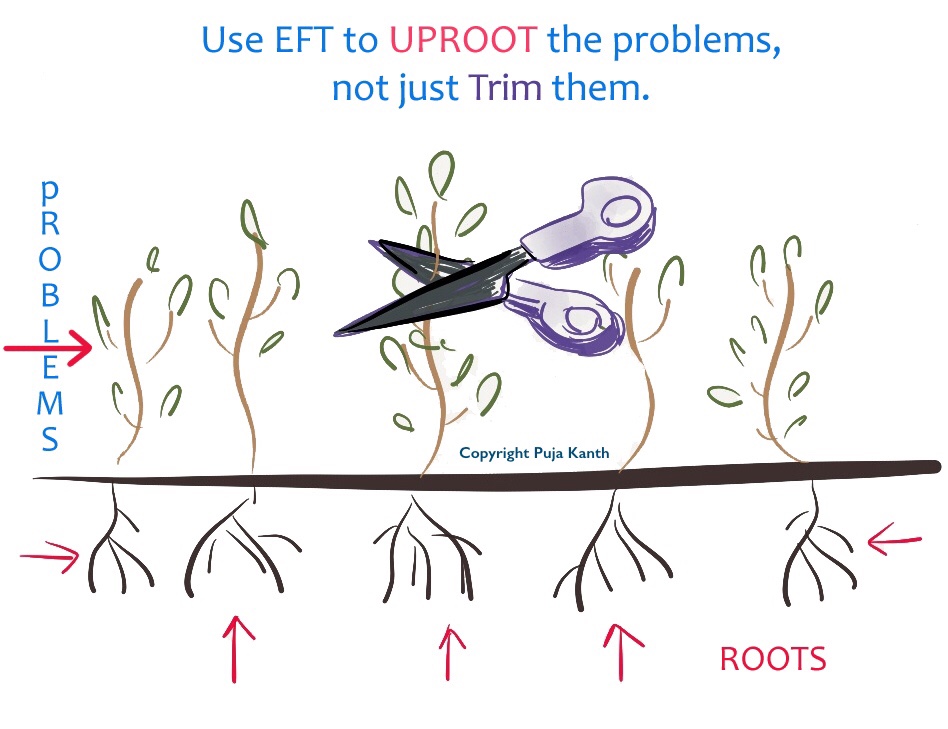Do you have a difficulty in cultivating relationship/friendship with others?
In our culture, IQ is given more importance than emotional intelligence. Having emotions is seen as a sign of weakness which leads to unhealthy expressions of emotions. The following are signs of emotional immaturity that can lead to difficulty in cultivating healthy and meaningful relationships with others.
SIGNS OF EMOTIONAL IMMATURITY THAT RESULT IN ISOLATION & LONELINESS
Lack of emotional-awareness:
A lack of understanding of feelings leads to the inability to express them in healthy ways. For example, healthy anger helps in drawing firm boundaries whereas unhealthy expressions of anger lead to violating others’ boundaries.

- Inability to recognize and label one’s feelings.
- Inability to acknowledge negative feelings. Denying, suppressing or acting impulsively on feelings.
- Feeling guilty for having negative feelings like jealousy, envy, anger.
- Suppressing feelings and then lashing out at someone or a situation all at once.
- Instead of acknowledging what you are feeling, and acting in accordance with your values, reacting to people and situations.
- Reacting instead of responding to situations and people frequently. Being reactive every day – Shouting, raising voice, agitated speech, angry outbursts or being numb and passive-aggressive.
Signs of unresolved trauma:
The following are just some signs of emotional immaturity that result from having experienced trauma or adverse experiences. For example, divorce, death of parents at a young age, abuse, neglect, domestic violence etc. can impact the development of emotional quotient.

- Persistent fear of being judged by others.
- Fear of being abandoned.
- Misinterpreting information, words, messages by other people.
- Always looking for signs of rejection by others (when they’re not actually rejecting you).
- Looking for signs of being judged, and misinterpreting information as being a judgment (when people are not being judgmental in reality).
- Rehashing every situation or what has been said multiple times in your mind and seeing situations bigger than what they are.
- Making up words and reactions in your mind. Although all of us react according to the way we see situations, when we make up things because of rehashing situations many times, it’s very unproductive. Our mind has a habit of adding details, every time we remember something. Let’s say you’re angry with someone, you’ll see things as bigger than they are every time you recall the conversation. When the mind is agitated, it’s very easy to see the situation bigger than it is.
- Projecting your own feelings onto others. For example, suppose you’re angry, you think the other person is angry while they’re not.
- Thinking that the world is out to get you -Looking at everyone with suspicion as if they have hidden ulterior motives and are out to harm you. ( There are some people who do intentionally harm and we need to recognize and stay away from them but if you’re looking at everyone/most people with suspicion, then it’s a different story).
- Having unpredictable behaviour pattern with people – getting too close too soon and then cutting all contact.
- Overexplaining each and every behaviour of yours to others and getting defensive very easily.
- Getting offended very easily by others remarks or taking things too personally.
Boundary Issues
- Putting on a smile even when you don’t like what is being said or done.
- Saying yes to every favor and then resenting the people you helped.
- Trying to empathize without understanding the context – Thinking that others will respond the same way as you would if you were in their shoes without taking into account their unique situation which may be similar to yours but isn’t the same.
- Emotional dumping – Dumping all of your problems and situations on every person you meet.
- Sharing indiscriminately – Lack of discretion when it comes to sharing your personal life and stories. Sharing everything with everyone.
- Lack of boundaries – Instead of speaking up when someone violates your boundaries, you end up storing all hurts and resenting them.
- Building a wall around yourself to protect yourself from getting hurt – Not letting people into your life and then claiming that you are misunderstood and that everyone else, but you, is to be blamed.
- Anticipating others needs and doing things for them without them asking for it, then resenting them for not appreciating you or pointing out all the times you’ve helped them.
Lack of Inter-personal communication skills:
- Blurting out every thought and feeling indiscriminately to everyone.
- Not filtering your words and tone in sensitive conversations.
- Imposing your views on others and arguing every point.
- Not taking responsibility for your part in a conflict.
- Having no clue about how to repair conflicts.
- Never taking initiative to repair conflicts.
- If you have unresolved trauma, see a trauma therapist.
- Start by being honest with yourself about your feelings. Every feeling is legitimate and important but if you suppress them and express them inappropriately, these feelings will only intensify, and hurt you and others. Learn more about feelings by reading Emotional Intelligence by Daniel Goleman and/or The Language of Emotions by Karla Mclaren.
- Learn simple stress management techniques and practice them daily. EFT can help.
- Learn how to regulate your feelings.
- Build 1-1 relationships/friendships with people and make an effort to interact with them regularly. How to break up with your friends by Erin Falconer is a really good book on “finding meaning, connection and boundaries in Modern friendships.”
- Take responsibility for your mistakes instead of always blaming others. Look within to see what is making people distance themselves. While it’s true that you may be misunderstood, it’s also true that your emotionally volatility and reactivity don’t allow people to have a calm and clear conversation with you.
- Self-Care: Take up hobbies and take time out for yourself.
- Reduce over involvement and controlling behaviour towards your family and friends.
- If you’re reacting 5 times in a day reduce the reactivity to once and lesser. Once in a while everyone reacts, but if it’s frequent, then you need to see what in your environment is making you so reactive. Sometimes when people around us are reactive, we become more reactive as well and vice versa. Sometimes our own misinterpretations, assumptions, and limiting beliefs about others or situations can make us react. Journalling, massage, deep breathing, progressive muscle relaxation can help.
- Step away from volatile situations. Don’t get caught up in the drama.
- You cannot always understand what others are going through and that’s why sensitivity is required when it comes to interacting with people who are going through a difficult time. The person you’re empathizing with will have different values, belief system, sense of humour, perspectives, life situations than you, and you cannot always understand what they’re going through. What works better is to understand a person’s situation in the light of their circumstances, not your own.
- Listen more and give less opinions or advice especially when someone is in pain or suffering.
- Even in situations where you were deliberately hurt by others, the only thing you can change is your feelings and attitude about it, not the others. EFT can help in releasing negative thoughts and feelings and helping you feel more empowered by coming out of the victim stance.
Please note: These suggestions don’t apply to everyone. There are some situations where others deliberately hurt us, and are violent or abusive. In these situations, it’s normal to feel scared, angry, frustrated and develop subconscious limiting beliefs as a result of the trauma. However, in order to change, the impact of the trauma will have to be processed and finally one will have to work through the layers of trauma etc. to heal oneself. It’s good to allocate responsibility for trauma to others because obviously you didn’t invite the abuse or violence. It happened and you cannot be blamed for it but at the same time you are the only one who can change, heal and transform yourself, and not the perpetrator.






 Even though we're now living mostly in cities and while the chances of being bitten by a snake or eating a poisonous fruit has drastically reduced unless we’re mind numbingly zoned out, our brain is still very active and produces a myriad of thoughts.
Even though we're now living mostly in cities and while the chances of being bitten by a snake or eating a poisonous fruit has drastically reduced unless we’re mind numbingly zoned out, our brain is still very active and produces a myriad of thoughts. For more information on tapping, click
For more information on tapping, click 




